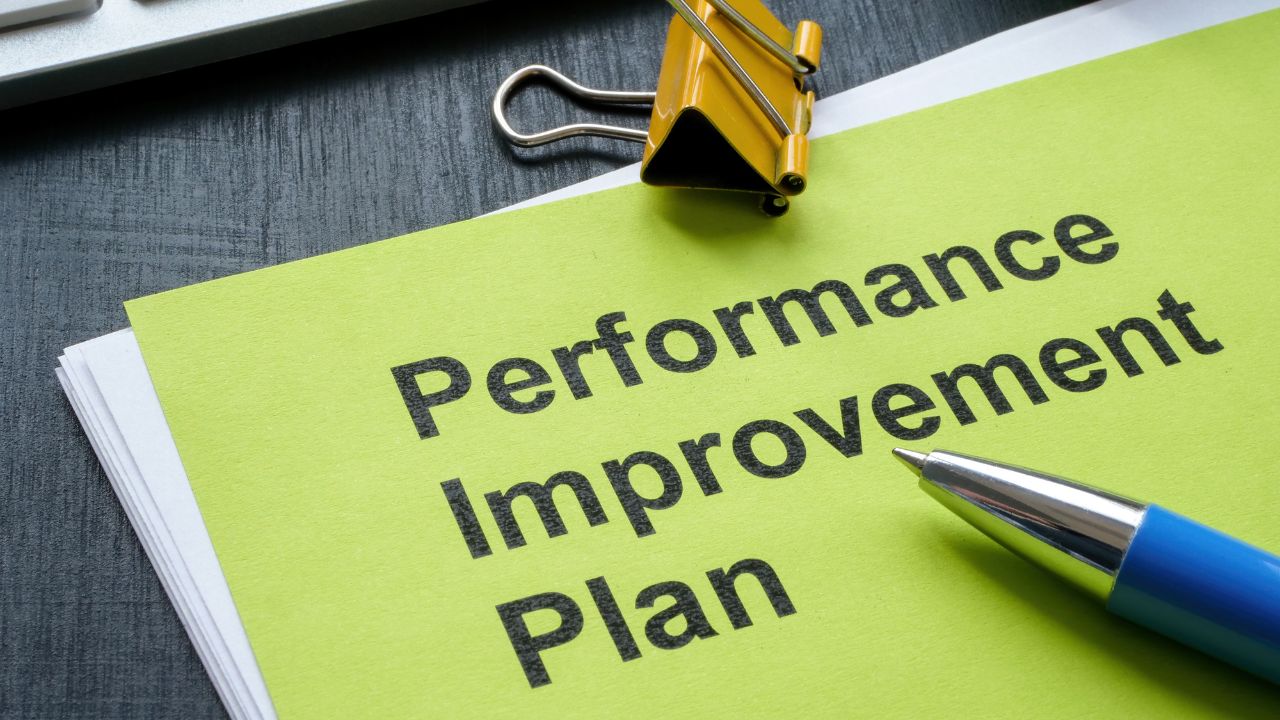If you have worked in the corporate world, you might be aware of an employee being placed on a PIP, or performance improvement plan. These plans are typically designed to realign workers and management goals – in that form, they are harmless, oftentimes even helpful. However, PIPs can also be a sign of things to come next, usually a firing. If you are placed on a PIP, this guide might be able to help you navigate your next steps.
What is a PIP?
PIPs are typically used to steer an underperforming employee back into the fold, realigning the team/company’s goals with the employee’s performance. PIPs might last 30 or 90 days, or somewhere in between and will usually have a regular check-in built into the program. Employers will provide guideposts and goals to accomplish during the PIP. If an employee is falling behind on their work, this sort of arrangement can be quite useful, providing structure, accountability, and hopefully an improved performance.
Where PIPs can Hurt You
While PIPs can have a place for underperforming employees, they can also have more sinister motivators. PIPs have become a kind of short-hand in the corporate world to tell an employee “you are on thin ice.” PIPs frequently are used to leave a paper trail in favor of the employer when they want to terminate you. If a PIP contains unrealistic expectations, goals you cannot reasonably achieve with the time or resources allotted, chances are they are preparing to fire you once you prove you can’t “handle the job.” Unfortunately, these tactics are becoming more and more common, and, as previously mentioned, often are used to cover the employer from legal retaliation.
What to do When It Happens to You
If you feel as though you’ve been placed on a Performance Improvement Plan unfairly, the key is to document everything. Arguing or complaining about the placement won’t likely improve anything for you, though feel free to respectfully push back on allegations you feel are unwarranted.
The best thing to do is to ask for everything in the PIP to be written down: key performance indicators, goals, milestones, root causes of the issue, and alleged reasons for the PIP. Preferably get them in an email – once you do, forward the email to a personal email address, or print them out and take them home. The best favor you can do your current and future self is to document everything for the next month(s) interactions as you can. If you have kept a “brag book” of recommendations, congratulatory comments from coworkers, and so forth, please resurface it and keep adding to it. Advocate for yourself and bring evidence.
PIPs are not the end-all, be-all. They can be useful tools for some companies and employees. Do some reflecting and see if this development has been deserved. But also be aware that they are frequently used as an indicator of things to come: be prepared and watch your back.




